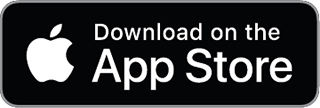The Bowl (Tongatapu) surf forecast guide
The Bowl is a surf spot located on Tongatapu, with a reputation for offering some solid waves when the conditions are right. It doesn’t break often, but when it does, it can deliver an exceptional ride. This spot is best suited for expert surfers, as it can get pretty challenging. The take-off zone is right next to the outside peak of Lighthouse, which helps surfers get into the zone quickly when the swell is up.
When it comes to surfing The Bowl, the optimal swell direction is southwest, with waves breaking over live coral. It can handle swell sizes starting from 3 feet (about 1 meter) and can go much bigger. The waves are predominantly left-handers, making it a great spot for those who prefer going that way. It's rideable at low, mid, and high tides, but most surfers feel more comfortable at higher tides for safety. A southeast wind is generally preferable, helping to groom the waves for a better ride. Overall, the bowl has a heavy section that can remind some of Hawaii’s Ala Moana when the waves are firing.
Keep in mind that when The Bowl is on, it’s quite a ride but definitely a spot that calls for expert skills due to its conditions. Knowing when to hit it is key, as it doesn’t break every day. If you’re overly keen, you might want to paddle out even at low tide, but be aware that it can get tricky. Just make sure you’ve got the right skills to handle the wave and start your session safely!

